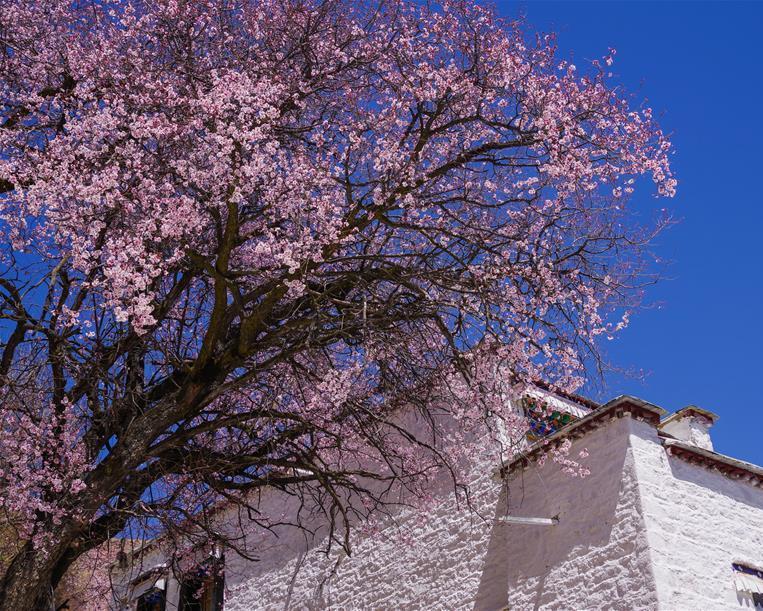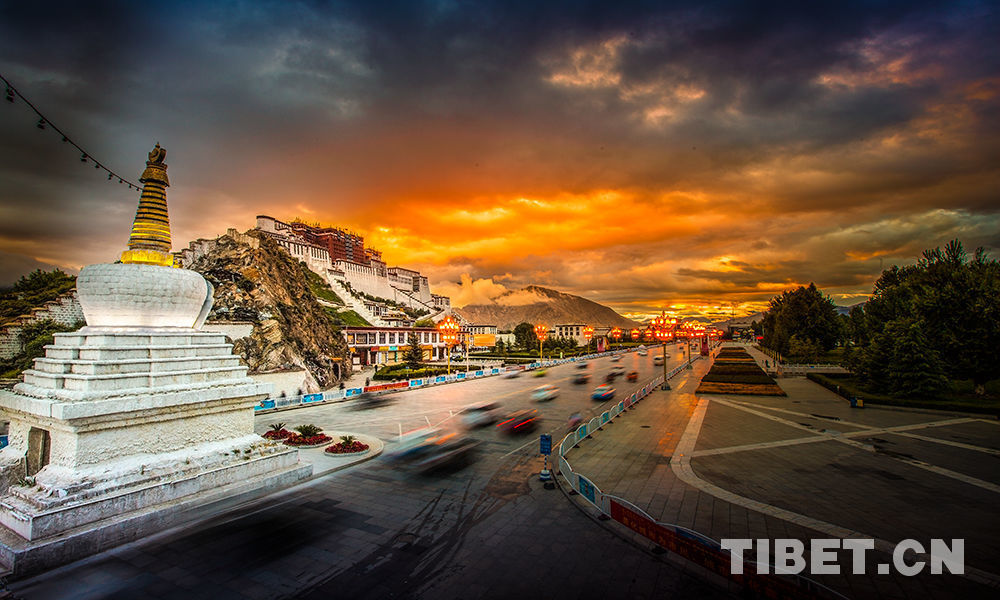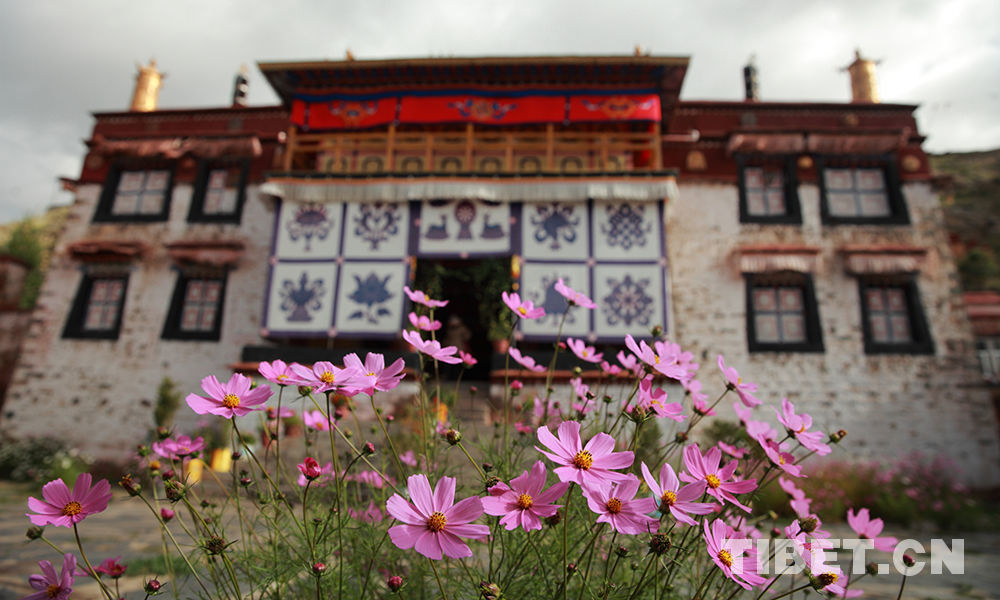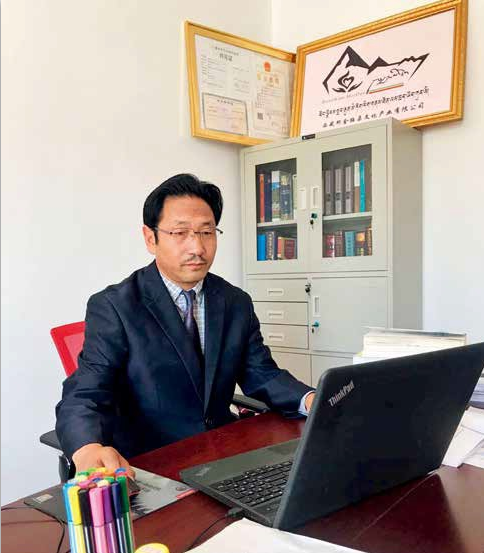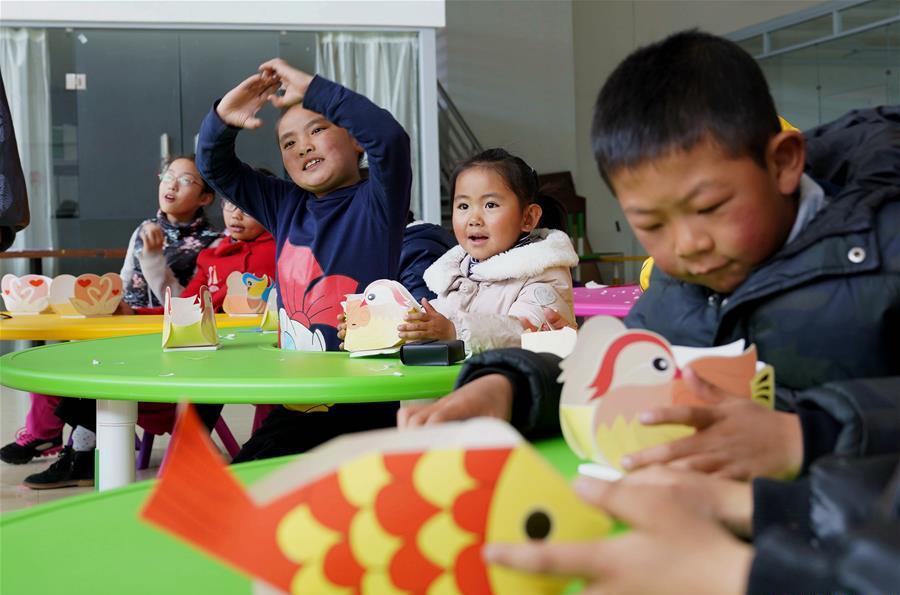How does Tibetan choose name: nobles & monks
Tibetans do not have last names. Their given names are generally four characters, such as Tashi Dorje and Tsering Wangdu.
Starting in 360 BC, ancient kings of Tubo Kingdom commonly took part of their mothers' names as their own, for example Datri Tsenpo borrowed part of his mother's name Daklha Karmo, illustrating the matriarchal clan legacy of the society.
However, important people of society wanted to pass on their clan names, so they thereafter chose to make their family names as their surnames. For example Khon Konchog Gyalpo and Khon Kunga Nyibo are both from the Khon family.
In later years, when Songtsen Gampo founded the Tubo Kingdom and conferred titles upon subjects, people began putting toponyms before their real names as a way of conferring family status or influence, such as Nyer- Trizang Yangton, Thonmi-Sambhota, Yuthok-Yonten Gonpo and Doring-Tezin Paljor. This kind of practice continues today.
Because territory and land is passed on in a hereditary manner, often people will use their own names and add the name of their After the 7th century, Buddhism gained traction in Tibet, starting the tradition of people letting Rinpoches assign then names.
Nobles and people of status especially liked to bring their babies to Rinpoches for a simple naming ceremony, where the Rinpoche would recite scripture, bless the child, and finally bestow a name.
Thus Buddhism has strongly influenced name choice, many possessing names engendering strong religious overtones. For example, the name "Dampa" means Buddhism in Tibetan, "Jamyang" means Sarasvati, "Dorje" means Vajra, "Lhamo" means fairy and "Drolma" means Tara, and so on.
Regardless of age, if someone became a monk or nun, when they shaved their heads and wore their robes for the first time, they were given a special religious name, and their old name renounced. Rinpoches would give monks parts of their own names; for example a Kampo (head of the Buddhist of a monastery) whose name is Jampal Trinley may give his disciples names such as Jampal Dorje, Jampal Wangdu and Jampal Phumtsog.
If a monk or Rinpoche held a high ranking, he would add his title before his name. For example, in Panchen Erdeni- Qoigyijabu, "Qoigyijabu" is his name, while "Panchen Erdeni" is his title, given in the year 1713 by Emperor Kangxi to the Fifth Panchen Lama, Lozang Yeshe.
Rinpoches will usually add their monastary's name to their own. When people address the Rinpoche, they will use an abbreviation, such as "Dungkar Rinpoche" or "Reting Rinpoche", with the names of the temple placed before his title.
(To be continued…)
Your Comment
Name E-mailRelated News
-
;



